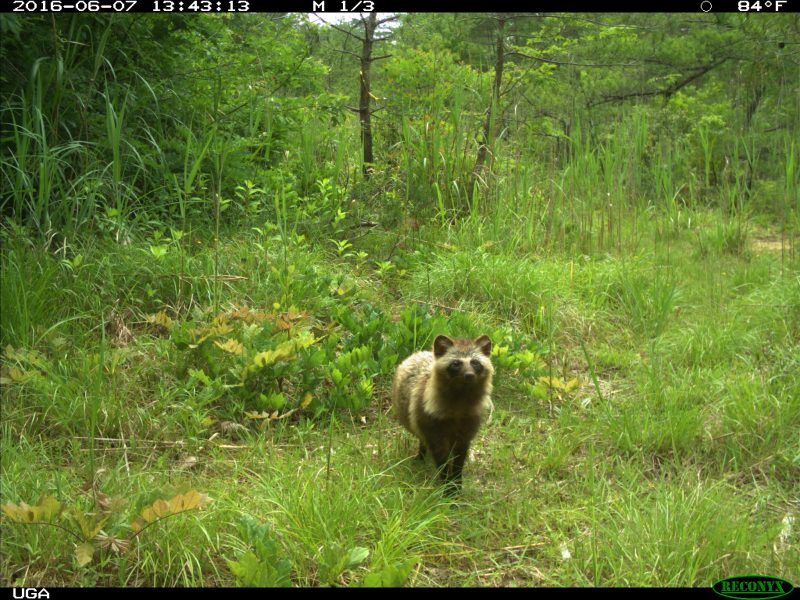Environment & Energy
Related: About this forumStudy shows animal life thriving around Fukushima (earthsky.org)
Posted by Eleanor Imster in Earth | Human World | January 21, 2020
Nearly a decade after the nuclear accident in Fukushima, Japan, researchers have found that wildlife populations are abundant in areas now devoid of human life. A new camera study, published January 6, 2020, in the Journal of Frontiers in Ecology and the Environment, recorded more than 20 species, including wild boar, Japanese hare, macaques, pheasant, fox and the raccoon dog – a relative of the fox – in various areas of the landscape.
The Fukushima nuclear disaster happened when a massive tsunami, triggered by a magnitude 9.0 earthquake on March 11, 2011, slammed into Japan, seriously damaging the Fukushima Daiichi nuclear power plant. Three nuclear reactors at the power plant melted down, releasing radioactive materials that contaminated about 3,500 square miles (9,000 square km).
University of Georgia wildlife biologist James Beasley, a study co-author, said speculation and questions have come from both the scientific community and the general public about the status of wildlife years after a nuclear accident like those in Chernobyl and Fukushima. Beasley said in a statement:
Anticipating questions about physiological condition of the wildlife, study co-author Thomas Hinton of Fukushima University said their results are not an assessment of an animal’s health. Hinton said:

Raccoon dog (tanuki). Image via University of Georgia.

Japanese serow. Image via University of Georgia.
***
more: https://earthsky.org/earth/study-shows-animal-life-thriving-around-fukushima
mbusby
(823 posts)it's easier to track them in the dark.
localroger
(3,626 posts)Individual animals in the Exclusion Zone sometimes found highly radioactive or with tumors, but overall populations were thriving in the absence of human activity.
The_jackalope
(1,660 posts)the entire planet!